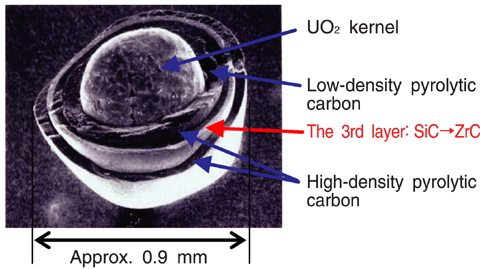
Fig.7-15 Structure of the coated fuel particle

Fig.7-16 ZrC coater

Fig.7-17 Photos of ZrC coated particles, (a) appearance and (b)(c) cross sections
The High Temperature Gas-cooled Reactor (HTGR) has inherent safety features with heat output of nearly 1000°C which has prospects to be utilized for hydrogen production and high efficiency power generation. The Very High Temperature Reactor (VHTR) is evaluated highly worldwide, and is a principal candidate for the Generation-IV reactor systems.
The HTGR fuel uses coated fuel particles made with refractory ceramics as shown in Fig.7-15. Silicon carbide (SiC) coated fuel particles were installed in the High Temperature Engineering Test Reactor "HTTR". We are developing zirconium carbide (ZrC) coated fuel particle as an alternative to SiC coated fuel to take advantage of ZrC's excellent properties. ZrC has a higher melting point than the temperature of SiC decomposition and higher chemical stability against metallic fission products such as palladium than SiC. ZrC is expected to be applied as the VHTR fuel, which will be used under high temperature and extended burnup conditions. On the other hand, for ZrC coated fuel particle to have optimum performance, stoichiometric ZrC, whose quantity ratio of Zr to C is 1, should be deposited. We have constructed a ZrC coater (Fig.7-16) applying an original fabrication technique using zirconium bromide and methane gases, and also developed ZrC layer inspection techniques.
At first, non-uniform stripes were observed in the deposited ZrC. It was found by transmission electron microscopy observation that segregated excess free carbon made the non-uniformity. Uniform ZrC was successfully deposited by controlling ZrC depositing temperature to be 1300-1400°C in order to prevent excessive pyrolysis of methane. In parallel, a method to measure ZrC stoichiometry was newly developed by conducting both inductively coupled plasma - atomic emission spectrometry and infrared absorption spectrometry, enabling measurement of C/Zr atom ratio with high accuracy on the order of 0.01. Finally, the fabrication conditions for high quality stoichiometric ZrC as shown in Fig.7-17 were successfully determined. Now we are accumulating data for designing a future commercial ZrC coater (kg-batch scale), and are irradiating ZrC samples in a US research reactor to study the performance of ZrC under irradiation. The present study is the result of "Research and development for advanced high temperature gas cooled reactor fuels and graphite components" entrusted to the Japan Atomic Energy Agency by the Ministry of Education, Culture, Sports, Science and Technology of Japan.